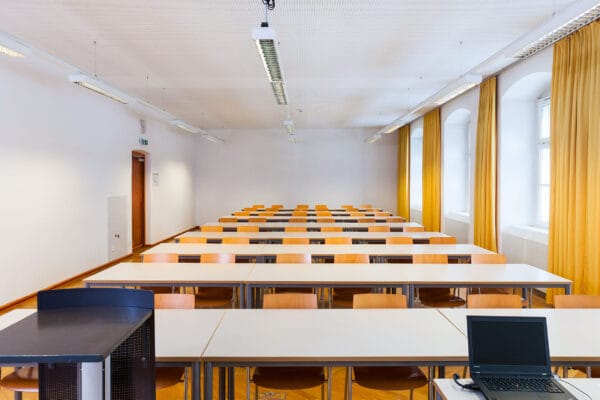
NAME:
Theologie – SR VI
BUILDING:
Theologie
FLOOR:
1
TYPE:
Seminar Room
CAPACITY:
48
ACCESS:
Only Participants
EQUIPMENT:
Beamer, PC, WLAN (Eduroam), Overhead, Flipchart, Blackboard, Handicapped Accessible, LAN, Speaker Desk
After decades of depopulation and abandonment of highland areas, recent years have witnessed a phenomenon of return to the mountains. The effects of climate change and the pandemic experience, alongside the search for new, more sustainable ways of living closer to nature, have driven large numbers of people—mostly young—toward high-altitude territories. These new inhabitants appear to be a positive response to the challenges faced by these areas. In theory, everything seems to work, yet long-abandoned mountain regions now struggle to provide sufficient living space. Why? What mechanisms are preventing this potential reversal of trends? What role can architecture play in facilitating this process? Starting from these considerations, this research aims to highlight, on the one hand, the reasons why housing demand remains unmet in mountain areas, and on the other, the perspectives that architecture can offer to local authorities and third-sector organizations in terms of interventions on public assets. These interventions could generate new, innovative, and shared housing solutions. The study is structured through examples of action-research across the Italian territory, from the Alps to the Apennines, showcasing good local practices in design, community engagement, and governance. These micro-insertions into a vast territory represent the first sparks of a broader strategy for mountain habitation. They must soon be scaled up at regional and national levels to create the conditions for the long-sought repopulation of mountain areas.

We and use cookies and other tracking technologies to improve your experience on our website. We may store and/or access information on a device and process personal data, such as your IP address and browsing data, for personalised advertising and content, advertising and content measurement, audience research and services development. Additionally, we may utilize precise geolocation data and identification through device scanning.
Please note that your consent will be valid across all our subdomains. You can change or withdraw your consent at any time by clicking the “Consent Preferences” button at the bottom of your screen. We respect your choices and are committed to providing you with a transparent and secure browsing experience.